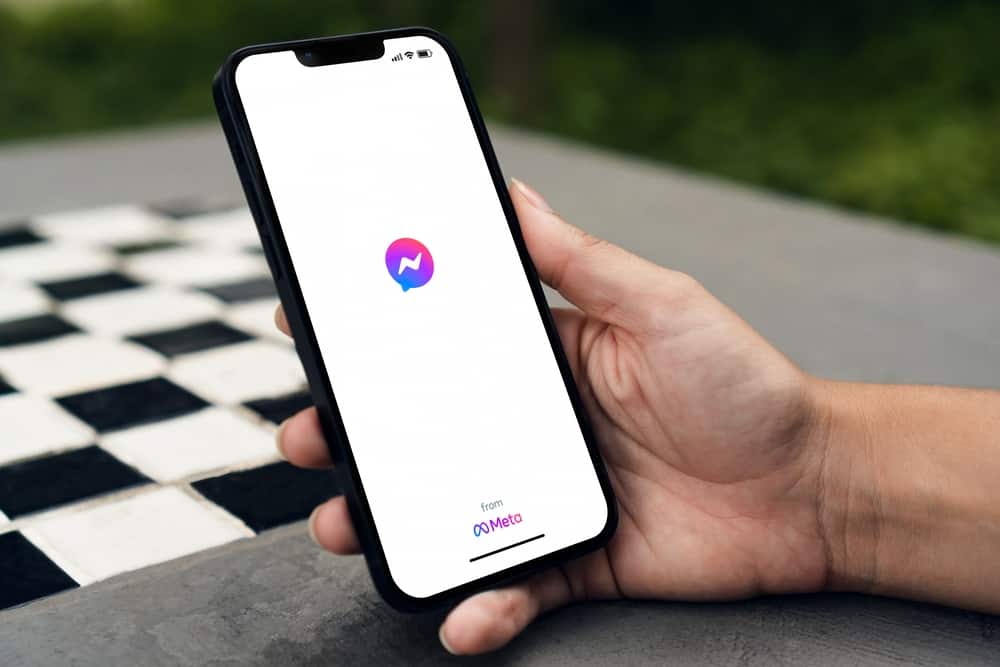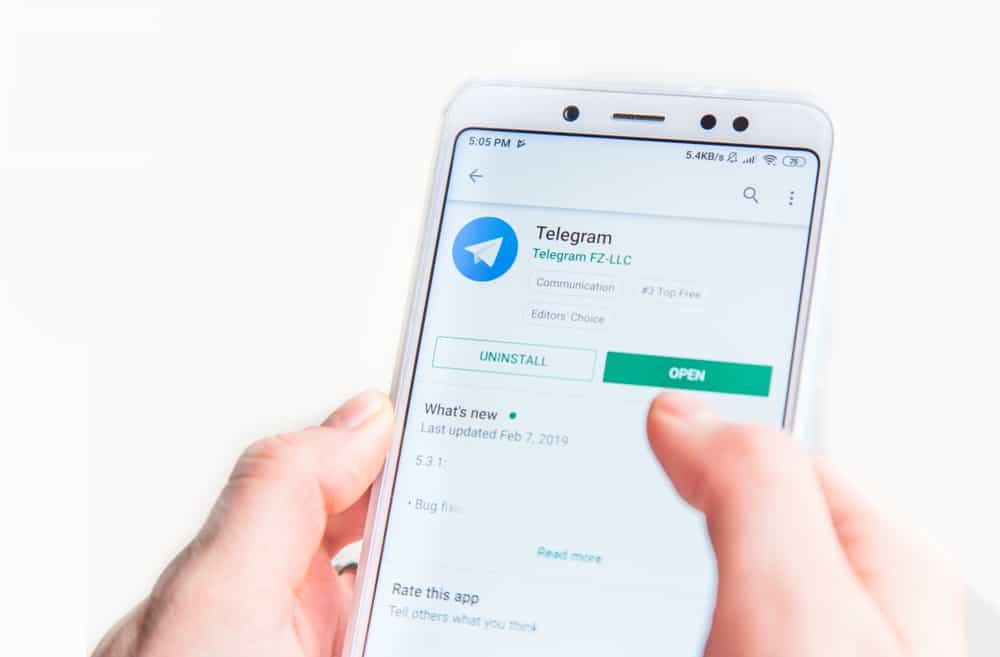
Zoom is an online videoconferencing application for desktop, mobile, and web versions.
Its popularity rose during the Covid 19 era when everyone shifted to online meetings, classes, and interviews.
You might have noticed Zoom lagging or an error message telling you your network is unstable, distorting the video quality. In such a case, you need ways to improve the Zoom connection.
The first step is to do a speed test of your internet. The results show you have a stable connection, and if you are getting throttled, you can contact your ISP. Still, switch to a wired internet connection instead of a wireless one and ensure your computer is close to the router. Close other apps on your computer, especially if you have a download in progress; you must pause it. Moreover, disable the HD video on Zoom and close the webcam if not using it.
This guide covers different causes why your Zoom lags. We will discuss the different methods you can use to improve your Zoom connection. Let’s get started!
Why Does Zoom Lag?
Zoom is a leading videoconferencing platform, and almost every device has Zoom installed, especially for people who work at home.
With Zoom, you can sign up for an account, and when logged in, you can create or join different meetings. Besides, Zoom lets users choose between its free plan and the premium version, which offers more features.
One key factor to consider when you join a Zoom meeting is your call quality.
Whether it is your office meeting or a weekend hang-out session with your friends, the quality of your Zoom matters, ensuring quality video and audio during the session.
Unfortunately, Zoom is not error-free, and when you have a weak internet connection, you will get a notification that you have an unstable internet connection. Zoom will lag if you have a weak internet connection.
Whether it’s your cellular data or Wi-Fi, whenever it is weak, you will experience distorted Zoom experience and disconnections when Zoom cannot reach its servers to establish the connection.
For a smooth experience, Zoom requires an upload and download speed of 600 kbps to achieve its standard quality.
For a high-quality HD video calling experience, Zoom recommends a 1.2 Mbps.
The constant stream of video and audio sent and received during a Zoom call can’t be successful without a weak connection.
How To Improve a Zoom Connection
When your broadband connection can’t sustain a Zoom call, you will experience distortion, such as broken video or audio. Still, you will notice stuttering in your video and audio. Sometimes, you may experience a blank Zoom screen and sync issues.
If you are experiencing such errors, don’t panic! We understand the frustrations, but the different methods below will help you resolve the problem.
Method #1: Run a Speed Test
Having a slow internet speed is the mother of Zoom lag errors. Hence, you should perform a speed test using online tools to see your router’s download and upload speed.
That way, you can see if your ISP gives you the speed you paid for. Otherwise, if your speed has been throttled, contact the ISP and let them work towards boosting the internet speed.
Your download speed should be high enough to support Zoom calling and other VoIP applications, like Skype.
Method #2: Switch to Ethernet
A wired connection is faster than a wireless one.
So, if you’ve connected your Zoom device wirelessly to your router, consider switching to a wired connection using an ethernet when using Zoom.
With the wired connection, you will enjoy a faster internet speed, ideal for your Zoom quality calling.
Method #3: Move Close to Your Router
Suppose you are using Zoom on your computer.
Ensure you stay near the router and avoid barriers between you and the router. Move your computer close to the router or add a Wi-Fi repeater if the Wi-Fi router is far from you.
That way, your internet connection won’t drop or be hindered by barriers like walls.
Method #4: Close Running Apps
If you have background apps that use the internet, consider closing them if you are not using them currently.
For instance, if you are streaming or have an application like Discord running in the background, close the app to minimize the network usage by these apps.
Similarly, if you have an upgrade or download in progress, it’s best to pause it so that you leave all the bandwidth available for Zoom.
Method #5: Close Open Tabs
If you can access Zoom through the web, it is advisable to close other tabs you don’t require.
Too many open tabs can drain your internet bandwidth and affect the bandwidth left for the Zoom tab.
So, only have the Zoom tab open for convenience.
Method #6: Disable HD Video
Zoom, by default, uses HD video for calls. The impact is that much data will be needed to attain HD video quality. However, we can disable this feature to minimize the data strain by Zoom.
- Open your Zoom app and sign in.
- Click the Settings icon at the top.
- Tap on the “Video” option.
- Uncheck the “HD” option.
With the HD video disabled, you will enjoy a smoother Zoom call experience.
Conclusion
The quality of a Zoom call depends on the quality of the internet connection.
We’ve discussed why Zoom lags and presented six ways to improve the Zoom connection for a better Zoom experience.











